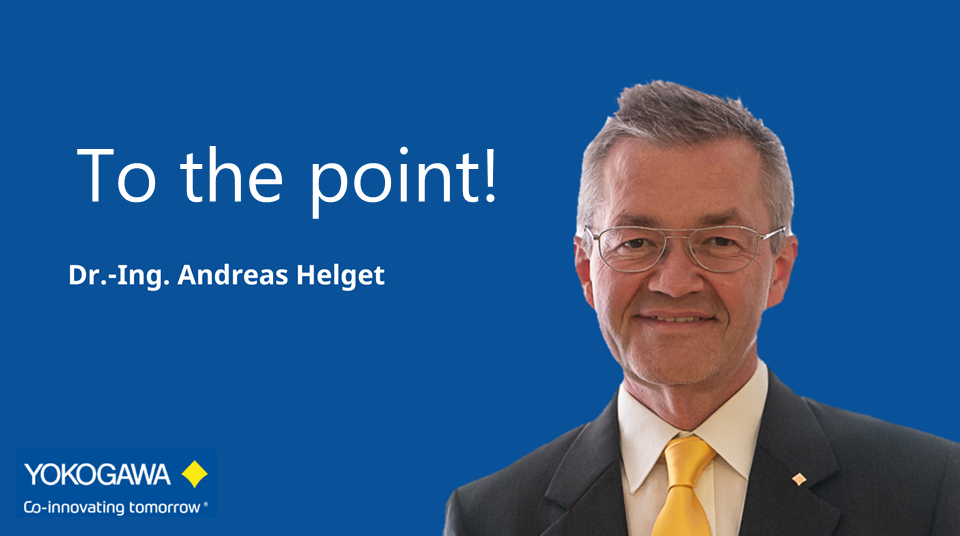Germany’s chemical industry alone currently gets through around 20 million (!) tons a year of raw materials for production processes. Worldwide, the figure is in the region of 330 million. According to estimates, this will probably rise to 1.2 billion tons by the year 2050. Against this background, it’s no wonder that people are feverishly searching for the “key” to the future of sustainable chemistry. Ways to avoid carbon dioxide emissions are fiercely debated issues in both boardrooms and parliaments and in the meantime there’s no going back. Yet it’s not only the avoidance of CO2 but also its use that are top of the agenda.
If we support the hypothesis that renewable carbon is key to a sustainable and future-oriented chemical industry, only three sources exist at present: recycling, various types of biomass and direct capture of CO2 from the air. All three sources are essential if we are to bid farewell completely to fossil fuels – which has to be our aim in the long term if we are not prepared to accept a further increase in CO2 concentrations.
Here, too, cost efficiency plays a vital role, of course: alternative carbon resources can only become a more viable option for the defossilization of industry if they’re backed up by a financially attractive model. That’s not as easy as it sounds: after all, fossil raw materials such as crude oil or natural gas are an almost perfect energy source – carbon-rich methane also delivers energy in the form of hydrogen. You could argue that fossil chemistry kills two birds with one stone. With benefits such as these, it’s difficult to find an adequate substitute except maybe in terms of sheer mass – biomass. Biomass galore.
Sugar cane and maize, both notoriously high-yield crops, have long been identified as alternative energy sources. However, the industry is reluctant to process them in direct competition with the human food chain. Fast-growing trees like the eucalyptus are also worth considering – though these collide with field space needs in food production. Yet there is one rapidly renewable resource living in a totally different environment that promises an excellent balance of use, namely algae as biomass in bioprocessing processes.
Algae thrive in all kinds of aquatic habitats – oceans, lakes and rivers as well as brackish or waste water. Microalgae are tiny organisms which, thanks to photosynthesis, are capable of “biofixating” up to two kilograms of CO₂ per kilogram of biomass produced (see also: “Microalgae: Biotechnology And Microbiology – Alga Energy and Yokogawa Sign Strategic Partnership & Equity Agreement”). This inexhaustible, and very productive, natural resource has the potential to provide us with clean energy and second-generation biofuels competitively in the near future. On the other hand, possible side products which occur during photosynthesis could have a “distortive” effect on market prices.
When it comes to sustainable biochemical production, we could do worse than look to our neighbor: the share of renewable raw materials in Denmark today is already around 40 percent as opposed to just 14 percent biomass in Germany.
Kind regards,
Andreas Helget




